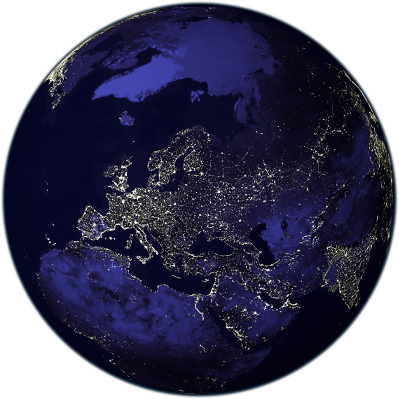
Conservation is a dividend – not a duty.
–
Dr. Yuen Keong Ng | Soluxima Founder
“In today’s world, it is no longer unimaginable to think that business can operate – and even thrive – in an environmentally-friendly manner.”
–
Olympia Snowe
Processes and Directives
..used by Soluxima To Contribute to Ecological Preservation
Power Factor
Power Efficient Electronics
We select ultra-efficient drivers, controllers and electronics with the highest power factor as possible to ensure as much energy that is expended is used on light output.
RoHS
Restriction of Hazardous Substances
The EU legislation restricting the use of hazardous substances in electrical and electronic equipment (RoHS Directive 2002/95/EC) has been our foundation from the beginning.
WEEE
Waste Electrical and Electronic Equipment
In addition to the EU WEEE Directive (2012/19/EU) which sets guidelines for distributors, where possible, and in coalition with our partners, we further develop the program.
reduce
Soluxima in-house program: reduce
From concept to development to production, we strive to be responsibly austere in both energy consumption and material expenditure. REDUCE helps us to reuse and recycle.
Product Statistics
..demonstrating Soluxima’s Ecological Contribution
Million Watts in Products Shipped
*Stats from 2007 until June, 2016
We calculate this running total by dividing all products we ship into their wattage consumption. An 8 watt bulb is worth 8 and a 250 watt high bay is worth 250. As the efficiency of our products rises, this number lowers per product.
Contemporary lighting (sometimes referred to as 'strike' lighting as something is burned to produce light) such as incandescent, fluorescent and metal halides burn anywhere from 2 to 10 times the amount of energy LED requires for the same amount of light.
Million Watts in Contemporary lighting
*An averaged calculation. Not precise.
Electricity prices by country in 2015
(in U.S. dollar cents per kilowatt hour)
Information sources: www.statistica.com | www.iea.org | www.enerdata.net
Below are some costs (in USD cents) from different countries at the top and bottom of the scale of worldwide energy pricing in 2015.
0.27¢
USD
Global average cost per kilowatt hour
Averaged from all recorded data in 2015.
Energy statistics from 2015
Energy production by source
Coal
Oil
Natural Gas
Nuclear
Hydro
Biofuels
Other
1%
Average % home energy lighting bill
7%
Average % industrial lighting usage (of total produced)
11%
Average % public lighting usage (of total produced)

